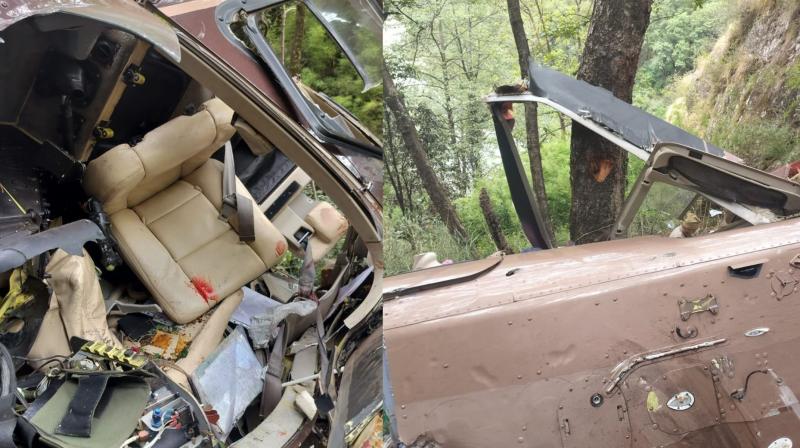NASA mission to study ice on the moon
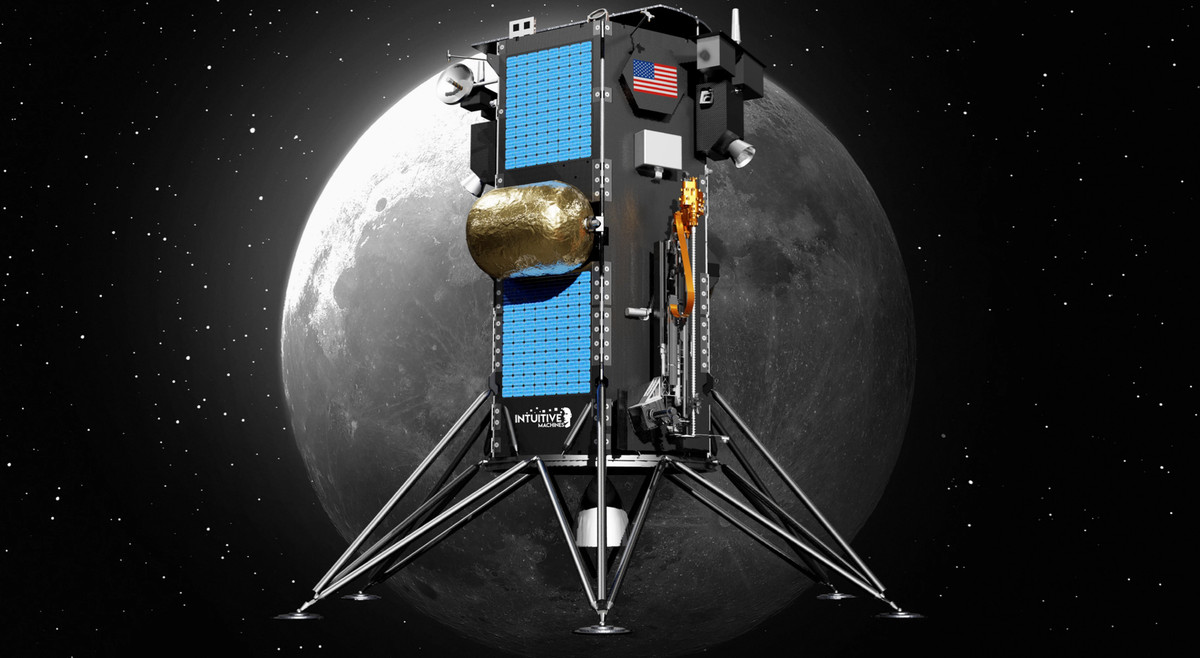
WASHINGTON: SEPT. 23 – The US space agency NASA is sending a kneeling robot to search for water and ice on the moon. The robot will land on the western edge of the Noble Crater, the mouth of a volcanic mountain at the moon’s south pole.
The robot will land in an area of 73 km in 2023, similar to a vehicle used in golf. That area of the moon is almost permanently in the shadow.
The Viper mission will support the human exploration plan on the moon as ice could be excavated to be used as drinking water and rocket fuel. NASA wants to send astronauts back to the moon this decade.
Under her Artemis program, the first woman and the first black man will land on the moon. This will open the door for long-term human presence on Earth’s only satellite.
Daniel Andrew Mission, project manager at Viper at NASA’s AIIMS Research Center in California, says it helps to understand how easy or awkward it would be to remove ice from the moon.
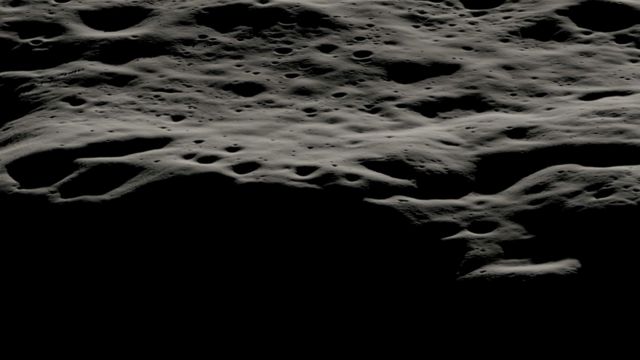
He said, “If the resources are abundant and easily available, it will really change the nature of human habitation on the moon. And, it will also help us understand how to get those resources back.”
Various evidence has shown that the moon’s polar craters contain billions of tons of ice. It never sees sunlight and the temperature in that area is minus 223 degrees Celsius. It is believed that there is a large amount of frozen ice in these areas due to permanent shade and very cold weather.
Daniel Andrew Viper asked scientists to answer key questions such as “where is the ice, how deep is it and how much is it?” Viper’s chief project scientist Anthony Colaprit is also affiliated with NASA’s AIIMS. “Once we reach the South Pole, we will see something we have never seen before,” he said.
“The poles of the moon, especially the south pole, are dramatic. There, due to ancient influences, the gorges rose and became like Mount Everest … It’s going to be something out of the world here.”
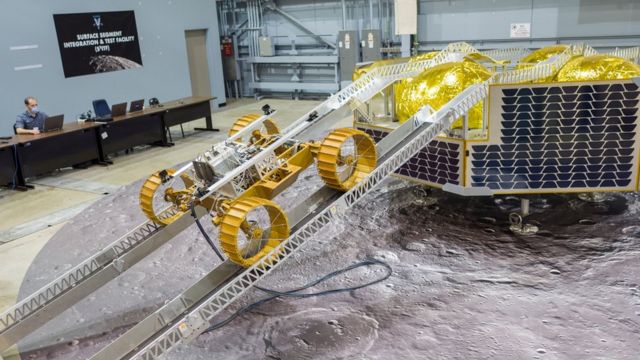
But there are obstacles to finding this unfamiliar icy region. Designing a rover that can run on a very cold night and a hot place during the day is challenging. The sun’s rays diminish on the horizon of the moon’s south pole and there are long and fast-moving shadows.
Rapid changes in light and darkness can make it difficult for a rover to evade danger. Engineers have to carefully plan the routes according to the lunar landscape. The robot should be able to maintain its energy level by keeping the solar panel facing the sun, avoiding the shadows in front of it. But after being ordered to enter the permanent shadow Carters, the robot has to face the darkness.
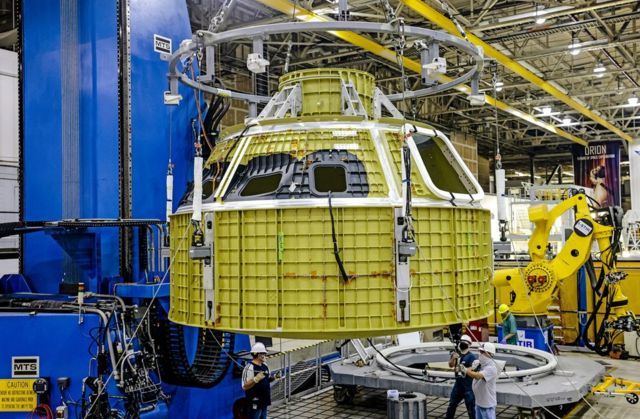
This is the first headlight rover built by NASA. With its help, it is intended to detect the state of ice even in dark grooves.
According to Darlene Lim, the project’s deputy chief scientist, a team will operate the robot from Earth in ‘real-time.










